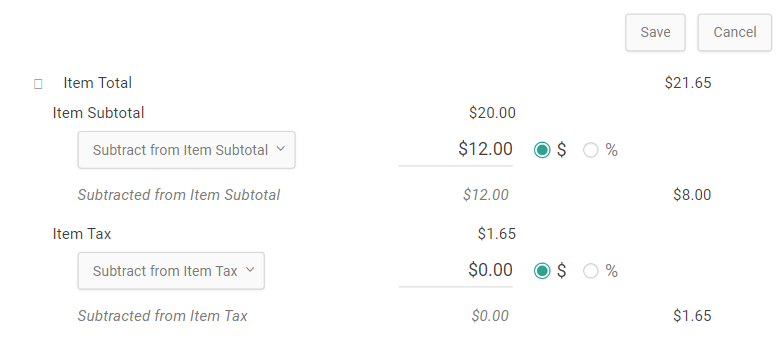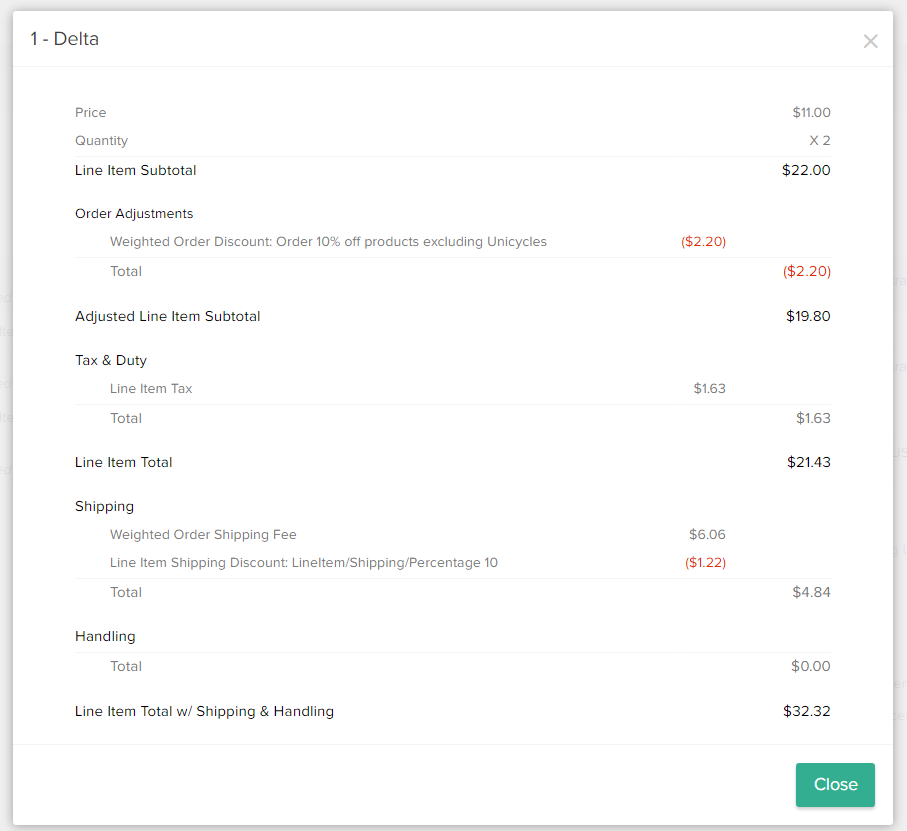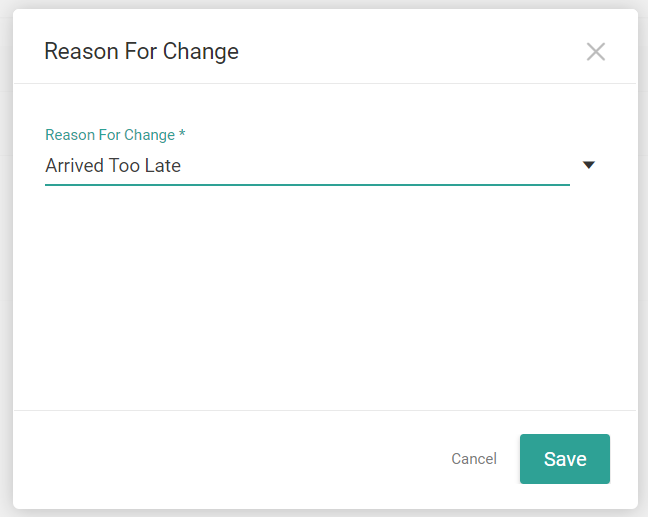Appeasements may consist of simply adjusting the total costs of an order for the customer, performing a credit or refund, or fully processing a return or replacement case. As order-level edits cannot be made in the Kibo Composable Commerce Platform (the order-level Edit Details button is only enabled when creating an offline order; editing order values is not allowed for orders after they have been placed), any changes must be made at the shipment or item level instead.
This guide provides a quick overview of how to use the Order Admin to perform appeasements. It includes links to other user guides so that you can find more details and UI walkthroughs if you need more information about the interface.
Order Adjustments
Before an order or shipment has been fulfilled, you can remove the shipping or taxes by editing the shipment-level totals from the Order Admin. When viewing a shipment on an order, clicking Edit allows the subtotals and tax values to be changed but you can also take a dollar amount ($) off the order by applying an appeasement to a shipment.
Be sure to indicate whether you are subtracting or adding. The below example would remove $5.00 from this shipment's item subtotal, bringing it to a new value of $555.00.

Item-Level Pricing Changes
Clicking Edit Unit Price from the drop-down action menu on an individual line item will allow you to change the item unit price to reduce the cost of a specific item in the shipment. Note that you cannot change the item quantity, tax, discount, or subtotal at this point—only the unit price. To reduce the quantity, you must instead cancel the item. To increase the quantity, you must place a new order.
However, you can view a full breakdown of an item's costs when useful. Click the magnifying glass icon next to a line item's price in the order details:
![]()
The line item pricing details will then open.

For more information about these line item pricing details, see the Line Item Pricing user guide.
Appeasement Reasons
When you are making shipment-level adjustments or changing a line item's unit price, you may be prompted to select an appeasement reason. If the shipment is fulfilled, then you are still able to edit an item-level unit price. The tax will be recalculated appropriately.
The available list of reasons includes the default options of Damaged or Defective Item, Price Match, Arrived Too Late, Customer Satisfaction, Lost In Transit, and Other (which will require the user to enter the reason information in a text box with a limit of 255 characters). However, this list can be customized via the Refund Reasons before and after API Extension actions.
Selecting an appeasement reason for a shipment-level adjustment:

Selecting an appeasement reason while making an item-level unit price edit:

Refunds vs. Credits
Crediting and refunding are actions available after payment is captured. Credit changes the order balance while refunding does not, so you should use a refund over a credit and vice versa in different scenarios:
- Use credits to fix accounting issues by returning money to the customer and reducing the order balance. Credits are generally performed when canceling an item or order.
- Use refunds to provide appeasements by giving money to the customer without changing the accounting and order balance.
You should always perform a credit when you cancel an item on an order, as removing an item affects the order balance. But when performing an appeasement to compensate the customer without canceling an item, then you should use a refund.
Note that you cannot edit a shipment, including changing the totals and updating items, if the shipment has already been fulfilled. Thus, only a refund can be used to provide appeasements after fulfillment whether or not a return is being performed for a item.
Manual vs. Return Refund
You can issue refunds in two ways: perform a manual refund through the payment actions of the Order Admin UI, or initiate a return in which the system will automatically generate a refund.
When issuing a manual refund, you must know the certain amount of money you want to refund. If you want the system to calculate an appropriate refund amount instead, then you should initiate a return instead.
Both manual and automatic refunds can be refunded to a new or existing gift card. This is determined based on which behavior is selected in the payment settings. If a new gift card is generated, then the new card information will be emailed to the customer instead of refunding back to their original card information.
Returns
Use the Order Admin UI to handle returns. When you initiate a return, you will have to select a resolution type of either a replacement or refund:
- Select Replace if the shopper desires a replacement product. You can still provide a refund to the shopper under this option.
- Select Refund if the shopper only desires a refund. You can still send a replacement if conditions change later in the process.
You will be able to select a designated return location for the item to be received at, accept the items, and process the full return for this appeasement.
For a walkthrough of these processes and more information about return cases, see the full Returns documentation.